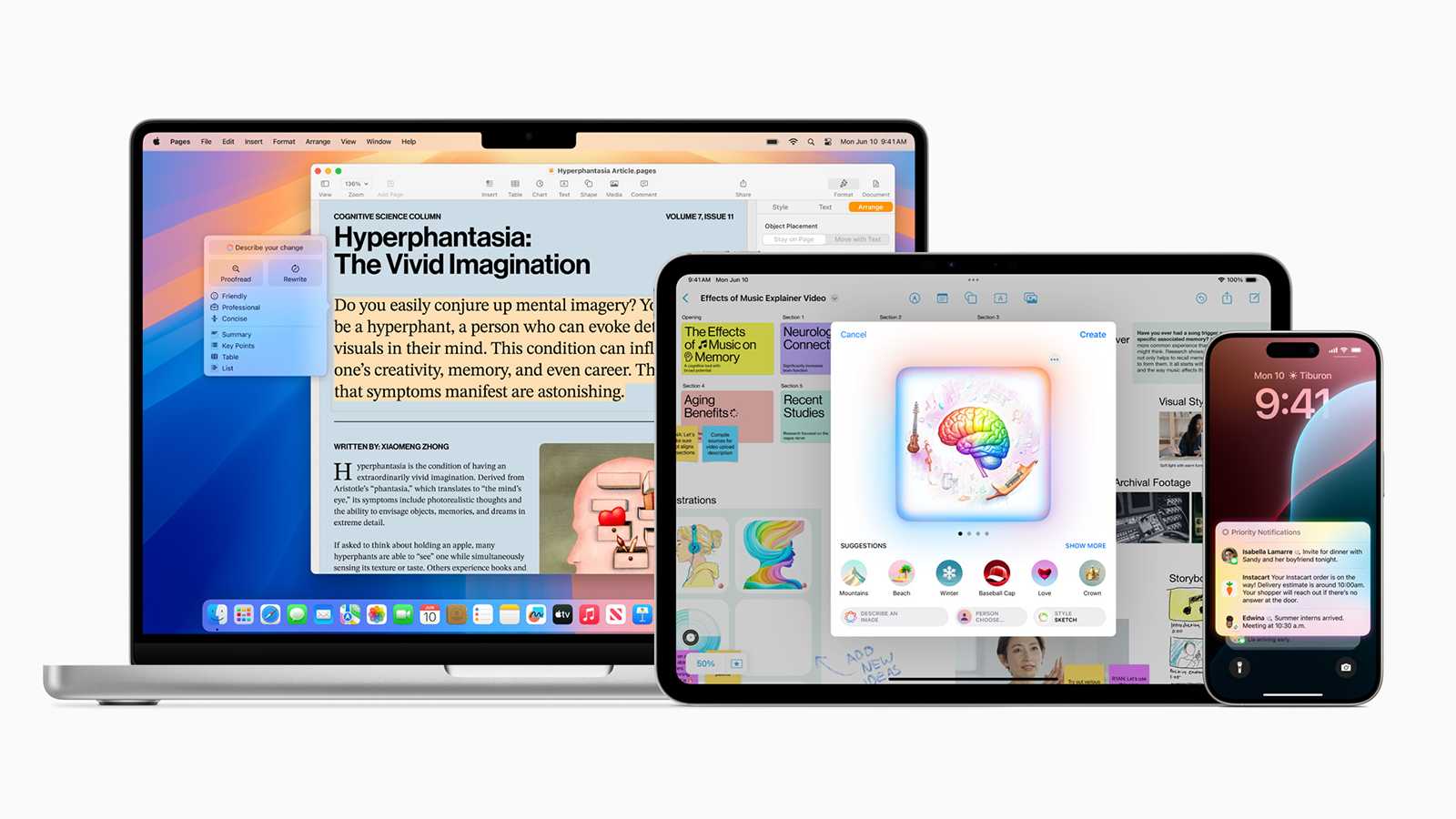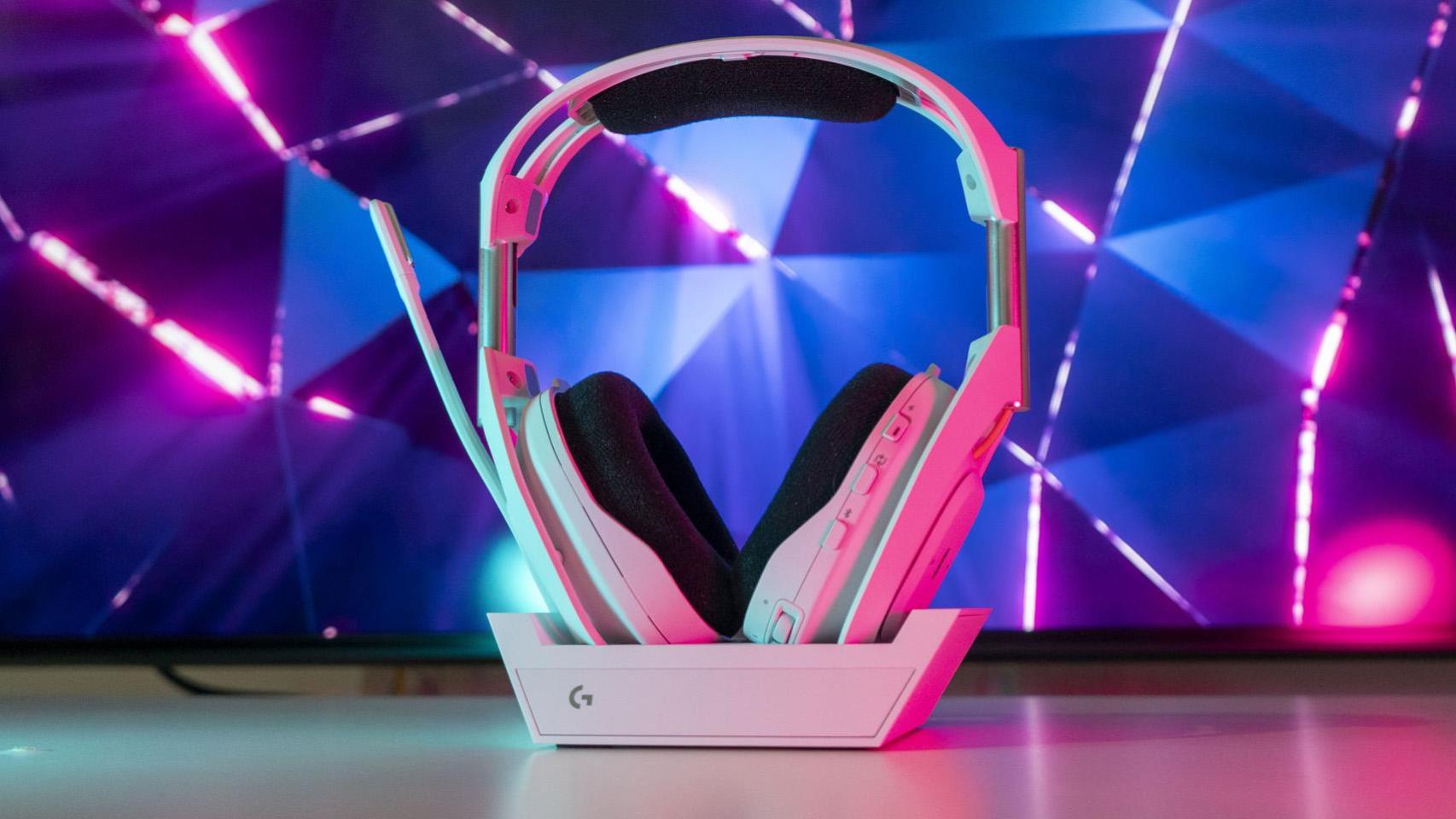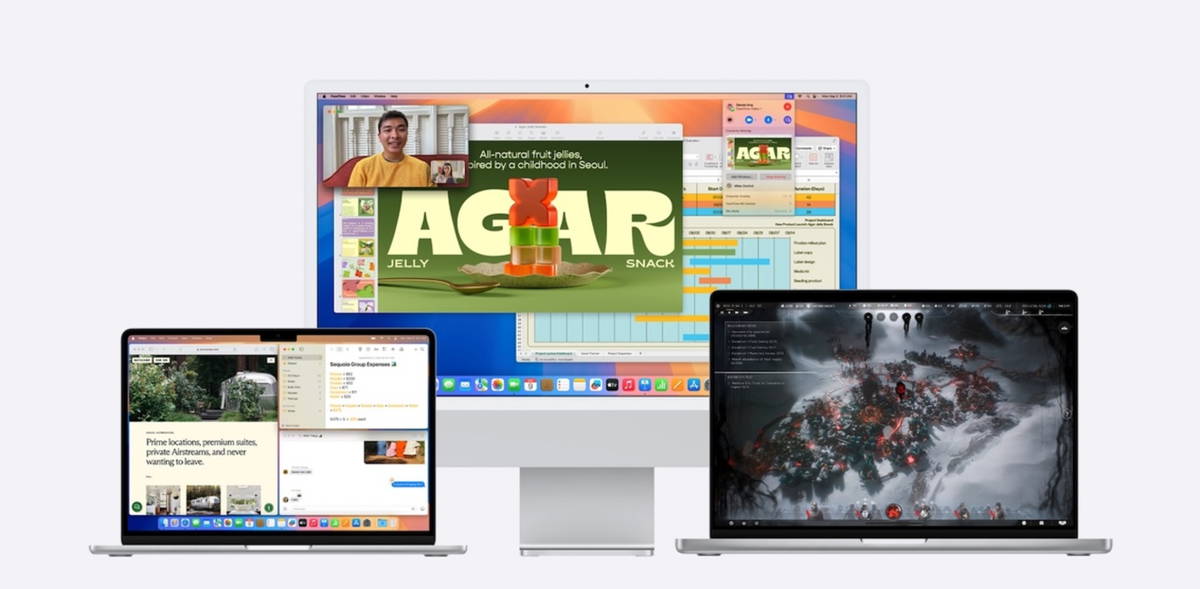Apple Intelligence marks a turning point. Not just for Apple, which has finally learned to say “AI” and is diving headfirst into integrating major generative AI features into the heart of its products. This is a turning point for the tech industry as a whole.
This year, AI begins its transition from a new product to a expected functionality, a decision made by dozens of software technologies before it. And Apple Intelligence plays a key role.
The software technology lifecycle
This isn’t true for all software, but it happens a lot: something you had to research and buy ends up becoming an integral part of the products you already own.
The most famous example for Apple users is Sherlock. This was the name of the system-wide Mac search feature Apple introduced way back in macOS 8.5. A third-party company (Karelia Software) sold an interesting $30 utility called Watson that added Internet search and other features to Sherlock. Users loved it.
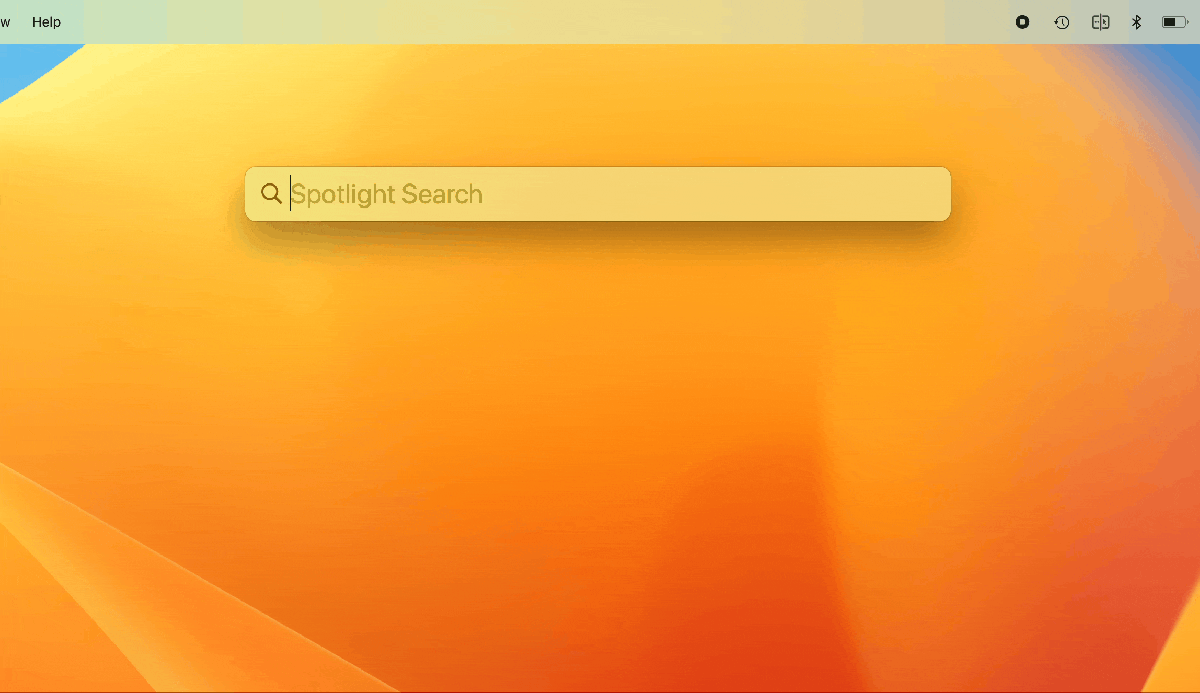
Back when Spotlight was Sherlock, this was a big deal. Now it’s just another feature.
Foundry
Within a few years, Apple just added these features to Sherlock, making Watson obsolete. They never purchased a license or paid Karelia, didn’t buy the company, they simply took what was once paid software and turned it into a feature.
We now call this “getting Sherlocked” and it happens all the time. Before, you had to buy software to burn CDs or watch movies on DVD. The antivirus software wasn’t integrated with anything. Companies like Stream have obtained Sherlocked by Night Mode display settings. All the big tech companies do this.
From voice recognition to health trackers and more, the software and services you had to find, choose, and pay for end up being included in the operating systems and devices you use. It happens on iPhone, iPad and Mac, it happens on Windows, it happens on Android.
This year, Apple is accused of “Sherlocking” 1Password and Dashlane by making Passwords its own app, Truecaller by adding native call recording and transcription, and Magnet with the new macOS Sequoia window tiling feature. And now, thanks to Apple Intelligence, it’s departure do the same with gen-AI applications and services.
The transition will take years
Apple is not alone here. Microsoft’s new Copilot+ PCs require powerful NPUs (Neural Processing Units) and offer a mix of on-device and cloud AI services that include image generation, live captions on any video and an integrated chatbot interface that works with external AI services like ChatGPT. Google has been infusing Android with its AI over the past couple of years and this year’s Android 15 adds even more generative AI with an improved on-device “Gemini Nano” multimodal model, screen awareness and calling fraudulent in real time. detection, and more.

Google’s Gemini AI is omnipresent on its latest Pixel phones.
Artificial intelligence is a broad and still rapidly growing field. Its transformation from product to functionality will there fore not be done in a single version. Just as people continued to buy CD burning software to get more powerful features for years after their integration into computer operating systems, standalone AI applications and services aren’t going away anytime soon. People will want more than what’s built in.
But 2024 marks the start of the next phase; the phase where AI, like so many products and services before, reaches most people as a built-in feature on their phones, laptops and tablets. What is integrated will be “good enough” for most, and integration with external services will be free and seamless.
Take Apple’s deal with OpenAI to integrate ChatGPT. Whether you use Siri, writing tools, or art tools, you’ll be able to use ChatGPT-4o’s extensive capabilities right from the operating system interface, without downloading an app, registering, or logging in. , it will start to resemble the default search engine settings in your web browser: most people won’t know or care that they can be changed or why they would want to. Just open your browser and search.
AI will eventually become boring
Apple makes improvements to its system-wide search (Sherlock’s feature) every year. However, no one really cares. It’s barely noticed and is no longer a selling point.
The same can be said of all the other software and services absorbed by platforms over the years. They start with cool new features, worthy of the talk time and ads. Eventually people get tired of it. These are features we’ve had and used for years, and the improvements are welcome but not worth bragging about.
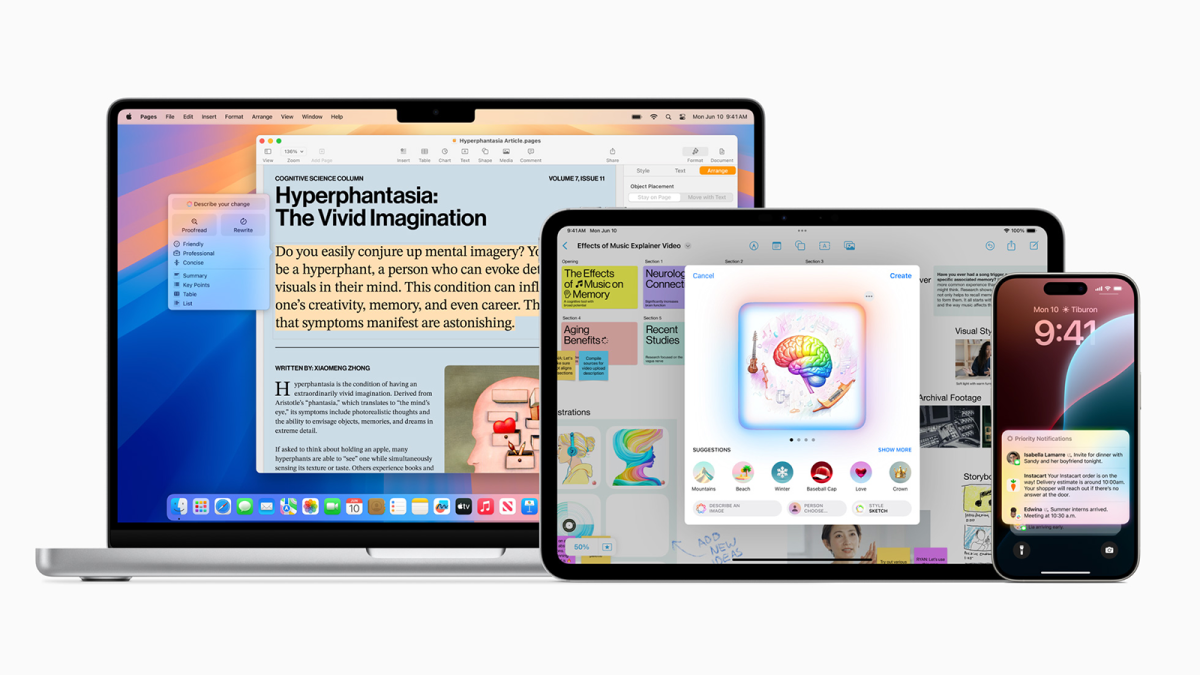
Apple Intelligence is exciting and new in iOS 18, but before long it will be just another boring feature.
Apple
This is the obvious end of generative AI, even if the timeline seems longer. We’ll be hearing about amazing new AI capabilities as part of our operating systems (from Apple and others) for a few more years at least. Features released by other companies in their standalone applications will gradually make their way to the “free” features built into our products.
And when there are enough of them and it works well enough to meet the needs of almost every customer, it will just be another boring feature updated every year. A throwaway line from the CEO as he moves on to talk about the next big thing.
Generative AI as a feature isn’t really a thing yet. You can’t walk into Best Buy and buy a Copilot+ PC yet, Apple Intelligence won’t roll out to millions of users until the fall, and Android 15 will go mainstream in the second half of this year. But by January 1, 2025, tens of millions of people will be using products in which generative AI is just a built-in feature.
This is a huge shift in public perception. It won’t be long before hundreds of millions of users will expect things to work this way, relegating self-selected, paid AI to a niche product for hardcore users with special needs.


